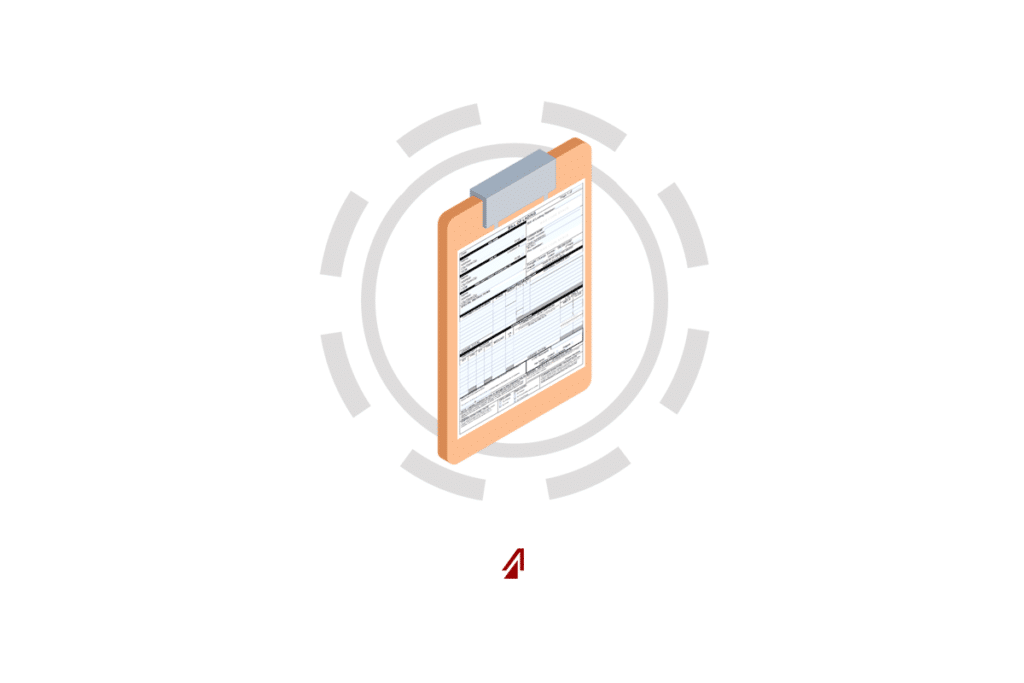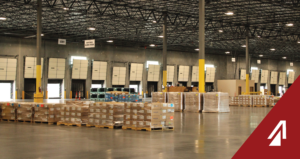Your shipment’s bill of lading (B/L or BOL) is one of the most important documents your freight requires. It has multiple purposes and functions that help carriers, shippers, receivers, and 3PLs know what the freight is, and what to do with it. Take a look at this quick guide to bills of lading and see if you have all the information you need to move shipments efficiently and effectively.
What is a Bill of Lading?
A BOL is a legal document that details important freight facts like what type of freight is being shipped, how much freight is being shipped, and the freight’s origin and destination. These documents have been in use since nearly 4000 B.C. and have greater evidence in Roman times. Today, these are often paper documents, but with the rise in technology, more of these are electronic documents secured via EDI or blockchain.
Most logistics law firms will tell you that these documents are legally binding and can serve as a contract to move freight.
What Do Bills of Lading Do?
BOLs typically serve three distinct functions.
1. They document the title of the goods in the BOL – depending on whether or not the freight is FOB origin or FOB destination, the BOL can assist in detailing freight ownership.
2. They are a receipt for the shipped products – Carriers used signed BOLs as PODs (proof of delivery) for their customers. Each BOL will typically have three signatures: the shipper’s, the driver’s, and a receiver’s for POD.
3. They specify specific terms and conditions of the freight itself and how it is shipped.
Since these are legal documents, BOLs are often used in auditing and payment situations to determine if the terms of a contract are/were fulfilled correctly and determine next steps (e.g. release of payment, additional fees, etc.)
What to Include in Your Bill of Lading
Each carrier is meant to issue their own BOL – even if a shipper or broker were to prepare the BOL and to complete it. Legally, the carrier issues the BOL when the driver signs the document. However, even if BOLs look different, they all need to include the same information. They need information like:
• Names and addresses – Full names and addresses of the origin and destination of the freight (shipper and receiver).
• Special reference numbers – These could include numbers like P.O. numbers, carrier ID numbers, appointment numbers, etc. This is information that the driver would need to transport the freight from the shipper and deliver it to the receiver.
• Special instructions – Instructions for transit or delivery.
• Date/time – This information is important for record keeping and load auditing.
• Freight description – This includes quantity of packages or pallets, quantity of parts, freight dimensions and weight, and the materials and makeup of the freight.
• Packaging type – Palletized, boxes, etc.
• NMFC # and freight class – particularly for LTL shipments, carriers need to be aware of NMFC # and freight class to ensure different types of freight can travel together.
• DOT HAZMAT Designation – Whether or not the freight is hazardous material. Carriers need special licenses to transport hazardous material and so the freight must declare its status.
• Signatures – these come from the shipper, carrier, and receiver verifying the shipment is correct.
Types of Bills of Lading
BOLs are used for most types of shipments, but they can vary based on a few variables like shipment mode or contract compliance.
Each shipment mode has its own type of BOL. For instance:
• Straight BOL – normal truckload BOL for customer who has already paid for the freight.
• Air Waybill – use for air transport
• Inland BOL – used for shipping internationally by either rail or road.
• Ocean BOL – used for shipping internationally by sea. These can be either straight or “To Order” BOLs.
• “To Order” – these are negotiable documents that specify ownership transfers to endorsed parties.
• Multimodal BOL – used for combined shipping modes.
As for contract compliance, these BOLs are referred to as either “clean,” “dirty,” or “STC.”
• “Clean” means the BOL is compliant with the contract or that there are no discrepancies between what the shipper described, and the actual goods being shipped.
• “Dirty” means there are discrepancies between what is actually shipped and the contract description.
• “STC” is used for sealed containers where the contents are unknown. STC stands for “Said to Contain” as the carriers are not permitted to open and examine the containers.
So that is it! Are your BOLs detailing all of the information needed for the shipment? If you need help with your BOLs, contact us HERE.
Looking for a blank BOL template?
Need a 3PL partner dedicated to reducing your logistics spend and increasing efficiency?: LET’S TALK



